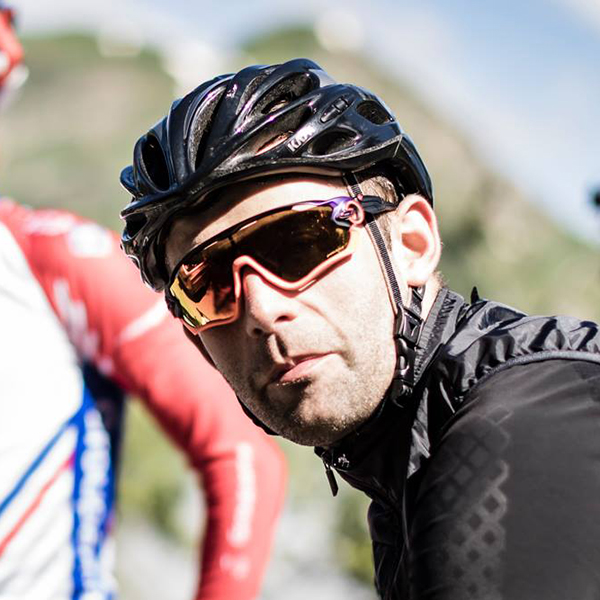Schwalbe is one of the most highly-regarded bicycle tyre brands in the world.
I specify “bicycle”, because unlike many other major players – such as Continental, Michelin, Pirelli and Goodyear – the German brand specialises in developing tyres for bicycles, instead of cycling forming only a small part of the whole business.
Of course, the likes of Vittoria, Maxxis and Hutchinson can all claim similarly, but look around your local club rider’s bikes, and I wager Schwalbe is one of the more common brands you’ll spot.
The excellence of the Pro One TLE all-round race tyre is long-established. It's been around since 2019, arguably the oldest top-tier road tyre still sold today, yet still represents a benchmark for the industry.
Some of the brand’s gravel tyres have earned a spot in our gravel bike tyre buyer’s guide, and our list of the best mount bike tyres includes Schwalbe tyres, too.
In short, it’s hard to argue that Schwalbe doesn’t belong at the top table of cycling tyres – so when offered the opportunity, I jumped at the chance to see how the brand tests and develops its products at its new facility in Reichshof, Germany.
From the tyre-rim testing machine (outstandingly named, ‘Der Pumper’) to a tyre bead assessment microscope, I learned that Schwalbe takes a fastidious approach to its testing and development processes.
Meanwhile, I also witnessed the brand’s TPU inner tube manufacturing process and saw its localised recycling programme in action.
Tyre testing
Schwalbe’s Reichshof building houses a suite of research and development labs, in which it keeps (and operates) many of its manufacturing and testing facilities.
Of course, as one might expect, some are kept closely under wraps – I’m told that a few are designed and patented specifically for Schwalbe’s use.
This comes as no surprise, given the bicycle tyre market is a competitive space, and it’s understandable that the company (which is relatively small compared to larger brands like Continental, Pirelli and Michelin), would wish to keep its latest cutting-edge technology a secret.
That said, there’s plenty for tech enthusiasts to drool over, and it starts with Der Pumper…






Making TPU inner tubes
TPU (thermoplastic polyurethane) inner tubes are lighter than standard butyl tubes, and so have been pitched as an alternative to going tubeless for performance-oriented cyclists (alongside latex inner tubes).
Schwalbe has an assembly line on-site for its TPU Aerothan tubes. The brand says the assembly line can produce up to 1,000 Aerothan TPU tubes daily. Schwalbe is assessing whether it can supply them at the OEM (original equipment manufacturer) level.





Recycling

Schwalbe has been hot on bicycle tyre ecology for a while, and launched a tyre recycling programme in 2023, having first showcased the plans and process at Eurobike 2022.
The brand partnered with a company called Pyrum Innovations, utilising its two-step process to break down old tyres into rubber, textile fibres and steel (from which the rubber is used to make rubber granules).
The granules are then heated to 700ºC to produce rCB (recycled carbon black). This is used in new tyres instead of virgin carbon black.


Distribution
While a distribution centre might be considered a damp squib on which to end, Schwalbe's HQ helps to serve Germany, Austria and Switzerland (collectively known as DACH).






